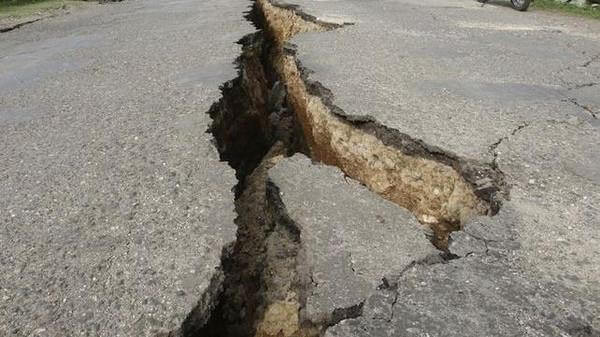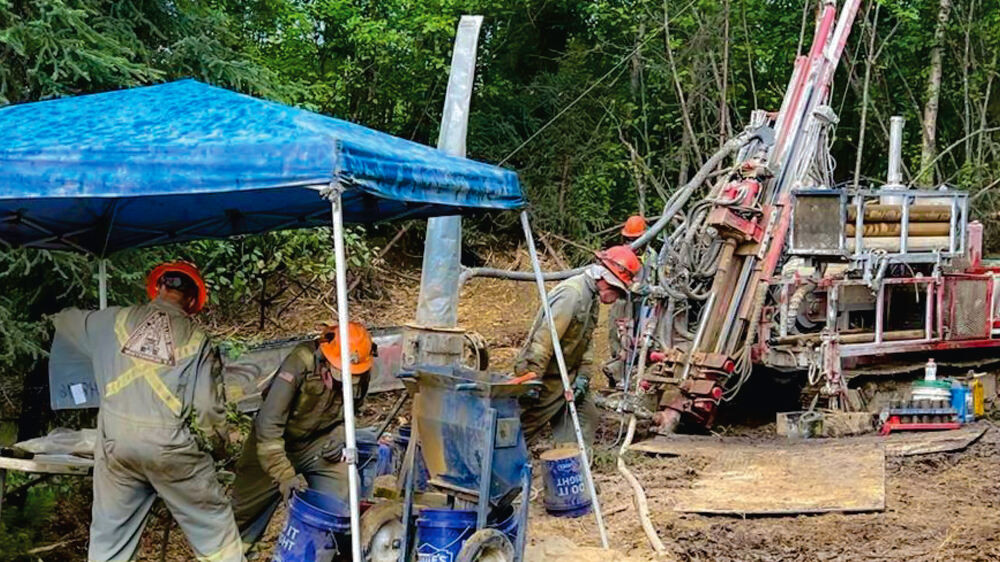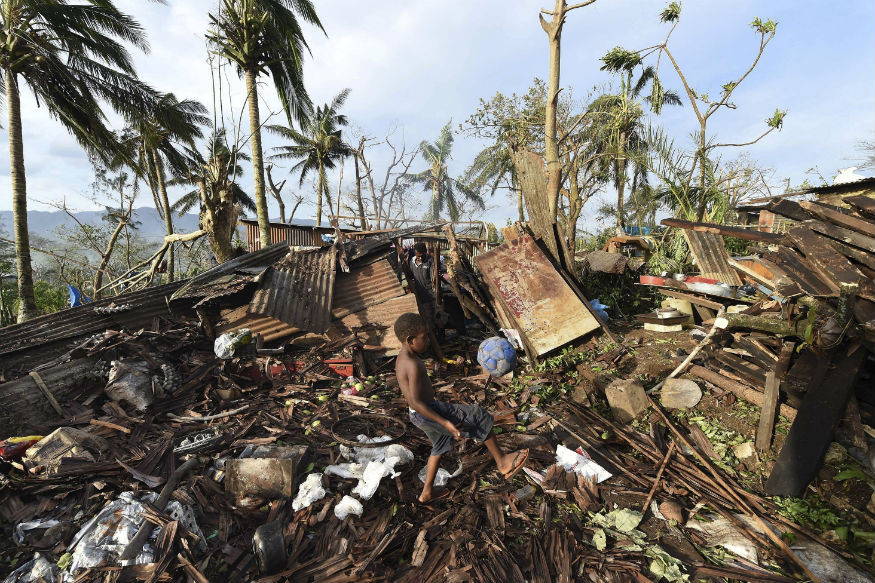Residents of Abuja, Nigeria’s capital, are growing increasingly concerned over a series of earth tremors affecting the Maitama, Katampe, and Mpape areas. These tremors, which began last weekend and continued intermittently through the night, have caused unease among locals.
News Central reports that earth tremors are minor shifts in the Earth’s surface, caused by the same geological forces that lead to earthquakes. While they are generally less severe than full-fledged earthquakes, their persistence can be unsettling, especially when they occur in densely populated areas.
This recent episode of tremors has drawn comparisons to similar incidents reported in Abuja in 2018, when a tremor with a magnitude of 3.2 was recorded near Mpape. At that time, the tremors were attributed to natural geological processes, and authorities provided reassurances about the lack of imminent earthquake threats.
However, the current situation has been marked by a lack of official communication from relevant authorities. Residents are increasingly frustrated by the absence of updates from organisations such as the Nigerian Geological Survey Agency (NGSA) and the Federal Ministry of Environment. This has led to heightened anxiety and speculation among those affected.
Local residents have taken to social media to express their concerns and demand explanations. The ongoing tremors have disrupted daily life, causing sleepless nights and fueling worries about the safety and stability of affected communities.
As of now, there has been no official statement or guidance from the NGSA or the Federal Ministry of Environment addressing the current tremors or providing insight into the potential causes and future outlook. The situation remains under observation, as residents await a formal response from relevant authorities.
Earthquakes and Tremors
The incident which started on Saturday has sent shivers down the spine of the residents as buildings vibrated to their foundations. Mpape is a stone throw away from the upscale district of Maitama in Abuja with clusters of houses for both low-income earners and members of the middle class. The tremor has been most noticeable in areas like the P.W. Neighbourhood and the Mopol 24 Barracks, two sections of Mpape bordered by the narrow road that leads into the community. The strange sound has also been reported near Katampe Junction, a spot connected to the Murtala Muhammad Expressway. Following the earlier tremor, the National Emergency Management Agency (NEMA) had suspended all mining activities in the community.
A Mystery Sound
Obinna Ngozi, a local resident, described the situation as alarming, explaining that the buildings would shake with each tremor, causing widespread anxiety. According to Ngozi, he experienced the earth shaking about 10 times on Saturday alone, starting around 4 p.m. He added that the frequency and intensity of the tremors increased the following day, Sunday. Muhammad Ibrahim, another resident, initially mistook the sound for a bomb blast, noting that it differed from the typical sounds associated with quarry mining an activity Mpape is well-known for. Ibrahim's confusion is echoed by Nasiru Ahmad, a former mining blaster in the area, who explained that while stone blasting is easy to identify, the origin of the tremor’s sound remains a mystery.
Echoes of the Past
The recent tremor has brought back memories of a similar, more severe event that occurred three years ago. According to a resident, Peter David, a local community chief, the previous incident had its origins near the Arab Road area in Mpape. That tremor was so strong it was felt in distant districts such as Gishiri, Jahi, Maitama, and AYA in Asokoro District. However, according to David, this ban was only enforced for about three months before quarry operators resumed their activities, potentially setting the stage for the current situation.
Uncertainty and Fear
As the earth tremor continues, residents of Mpape are left in a state of uncertainty, with many calling for immediate intervention from authorities to address the potential dangers posed by both the tremors and ongoing mining activities in the area. The recurrence of these tremors highlights the urgent need for comprehensive geological assessments to prevent future incidents that could lead to devastating consequences.

















